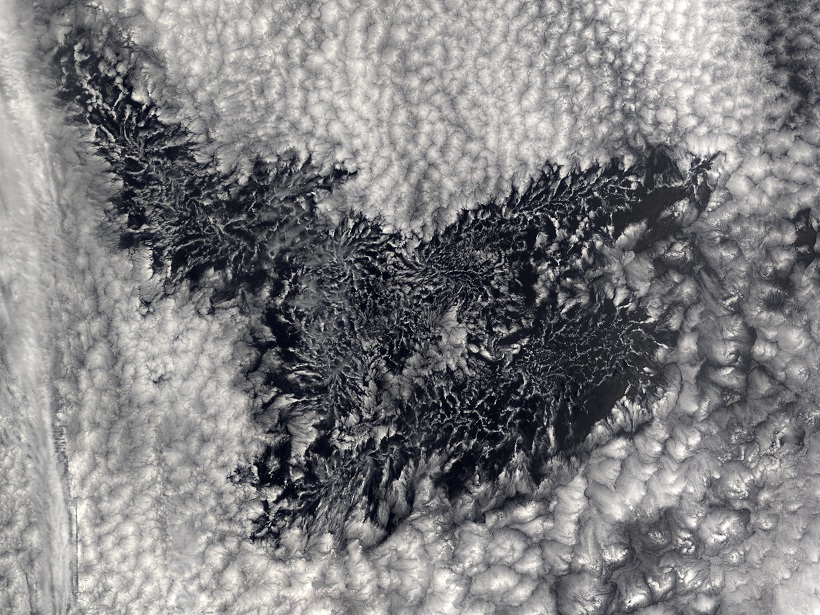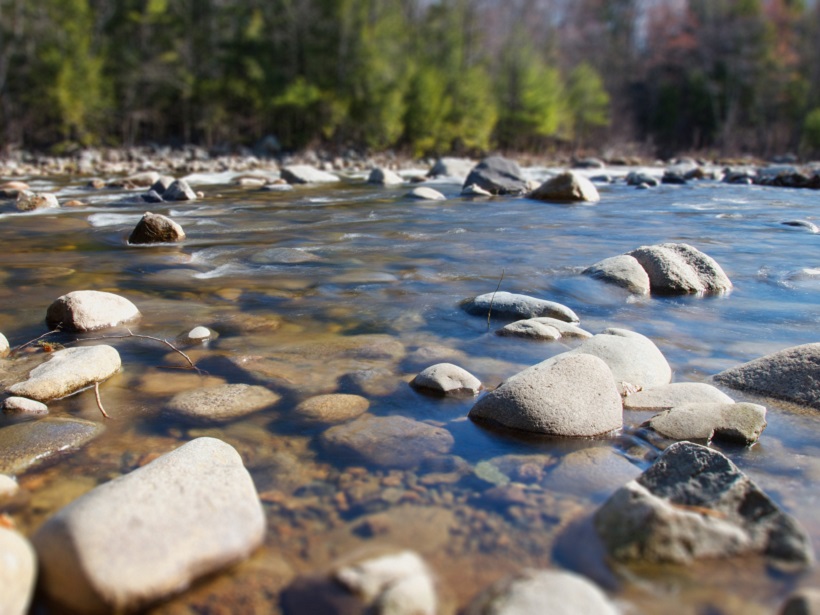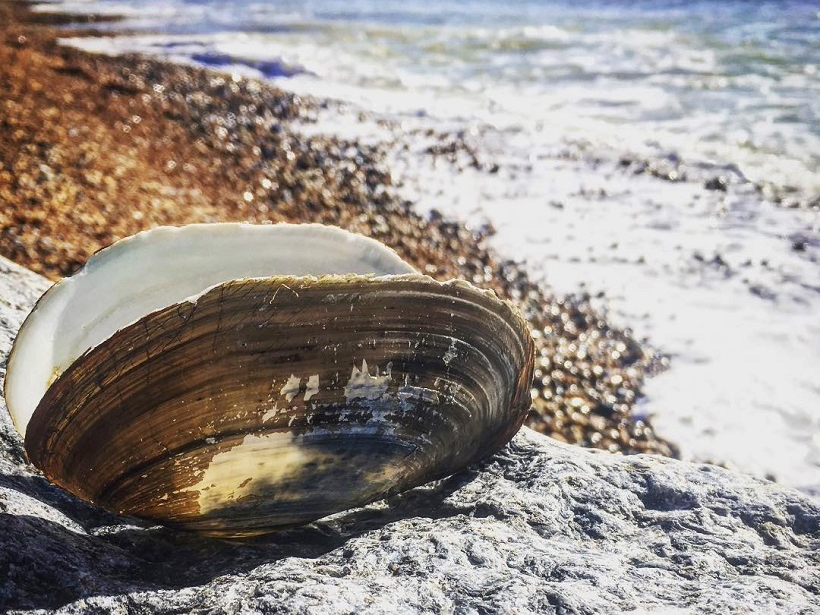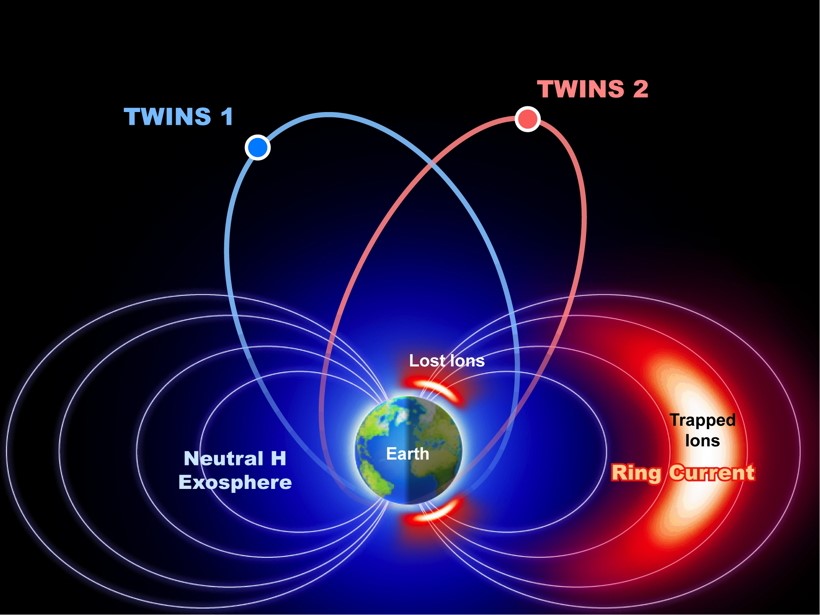Complex interactions between ice sheets and other components of the Earth system determine how ice sheets contribute to sea level rise.
Reviews of Geophysics
How Many Water Droplets Are in a Cloud?
The number of droplets in clouds affects how much of the Sun’s warming energy is reflected back to space. But how reliable are our attempts to count them?
Going with the Flow in Outer Space
Near-Earth space is a dynamic electric environment containing different types of current that are continually changing over time and space.
On Integrating Sedimentology and Hydrogeology in Streambeds
A new modeling blueprint seeks to unify sedimentology, hydrology, and hydrogeology in the modeling of streambeds.
Radiocarbon in the Oceans
Offsets in radiocarbon concentration within the ocean or between the ocean and the atmosphere are particularly useful proxies for a variety of studies.
The Big Picture in Geospace
A NASA stereo-imaging mission called TWINS continues to push the boundaries of what we know about the region of space close to Earth.
Diversity of El Niño Variability Makes Prediction Challenging
The atmospheric response to El Niño, both in the Pacific region and around the world, changes with each event and is uncertain in future under the influence greenhouse gas forcing.
Counting Every Drop
The challenge of collecting and analyzing precipitation data collected at different times, in different places, and on different scales.
A Landscape Shaped by Wind
High-altitude aeolian research on the Tibetan Plateau offers insights into the past, present, and future.
Can Atmospheric Science Improve Global Disaster Resilience?
Scientific understanding of atmospheric hazards and their interconnectivity can contribute to international policy and disaster risk management.










